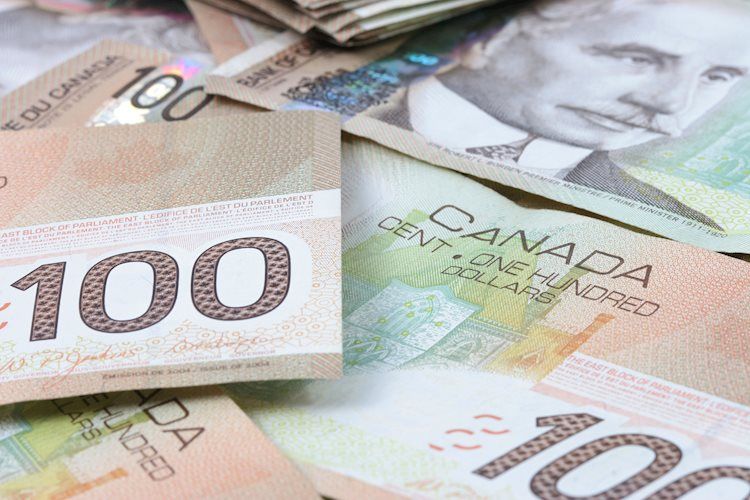The USD/CAD pair experienced a reversal from an early dip to around 1.3700, although the potential for upside seems limited. The uncertainty surrounding US politics and expectations of a dovish stance from the Federal Reserve are keeping the US Dollar bulls at bay. Additionally, an uptick in Oil prices is supporting the Canadian Dollar, also known as the Loonie, and contributing to the cap in place for the USD/CAD pair.
Currently, spot prices for the USD/CAD pair are trading in the 1.3725-1.3730 region, remaining unchanged for the day. The lack of a clear direction in intraday price movements is a result of conflicting market forces at play. While there has been a modest bounce in the US Dollar following news of US President Joe Biden’s exit from the presidential race, expectations of a dovish Fed stance are preventing aggressive bullish bets on the Greenback, leading to a cap on the upside for the currency pair.
Investors are increasingly anticipating rate cuts by the Federal Reserve in the near future, a move that could stimulate economic activity and boost demand. This positive sentiment is supportive of Crude Oil prices, which in turn is bolstering the Canadian Dollar. However, concerns about a slowdown in the Chinese economy, the world’s largest oil importer, could act as a headwind for Oil prices, thereby impacting the CAD.
Looking ahead, market participants are awaiting the release of the US Personal Consumption Expenditures (PCE) Price Index data scheduled for Friday, which could provide further insights into the Fed’s policy path. Additionally, flash PMI releases and broader market sentiment will continue to influence the USD/CAD pair in the absence of significant macroeconomic data from the US or Canada.
The Canadian Dollar’s value is influenced by various factors such as interest rates set by the Bank of Canada, the price of Oil, the country’s largest export, economic health, inflation, and trade balance. Market sentiment, particularly risk-on or risk-off sentiment, also plays a role in determining the CAD’s strength. The US economy, as Canada’s largest trading partner, also has a significant impact on the Canadian Dollar.
The Bank of Canada plays a crucial role in influencing the Canadian Dollar through its interest rate decisions and other policy measures. Higher interest rates tend to be positive for the CAD, while quantitative easing and tightening policies can have contrasting effects. The price of Oil is another key factor that directly impacts the CAD, as Canada’s economy heavily relies on its Oil exports.
Inflation, which traditionally lowers the value of a currency, can have a positive impact on the Canadian Dollar in modern times due to increased capital inflows attracted by higher interest rates. Macroeconomic data releases such as GDP, employment figures, and consumer sentiment surveys also influence the direction of the CAD. A strong economy is generally beneficial for the Canadian Dollar, attracting foreign investment and potential rate hikes by the Bank of Canada. Conversely, weak economic data can lead to a depreciation of the CAD.































